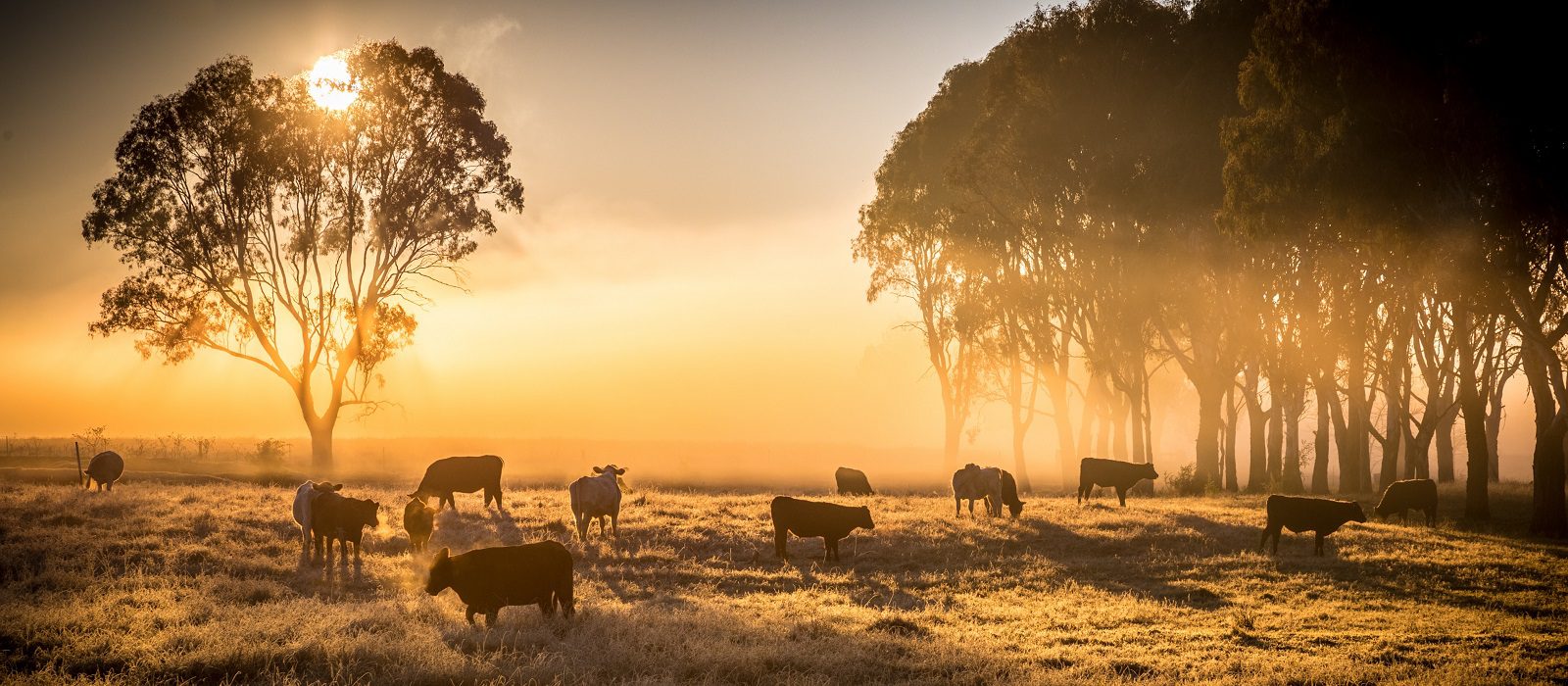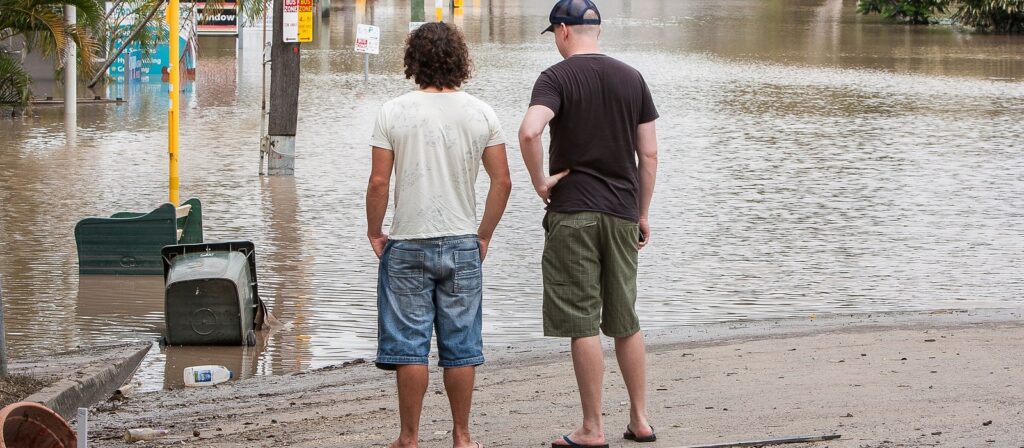The Business Council of Co-operatives and Mutuals (BCCM) today called for the Australian cooperative sector to be included in national resilience and recovery planning after their vital contribution to rebuilding communities affected by the 2019/20 bushfires.
Just on two years since the outbreak of the deadly fire season, a report released earlier this month by the BCCM highlights the role cooperatives can play in building community resilience as climate change is increasing the occurrence of natural disasters.
The BCCM said the cooperative business model is largely unheralded but has proved itself, both during and after the bushfires, as local cooperatives provided crucial services and support to affected communities.
“This report demonstrates that member-owned businesses, where people have real skin in the game, are often the best positioned to assess risk and plan for disasters,” said BCCM Chief Executive Melina Morrison.
“Where a local cooperative was able to coordinate a local disaster response, our report shows the community recovered quickly and in some cases built a stronger economy post disaster,” Ms Morrison said.
“We know that the bushfires will come again,” she said.
“This report shows a clear way forward to ensure our communities are well prepared to meet that threat by giving greater recognition to the co-operative business model. The health crisis of COVID-19 has also heightened community awareness and concern about food security. Agricultural cooperatives help secure vital supply chains in times of disaster.”
The report, Primary Producer Co-operatives: the beating heart of Community resilience and recovery, focuses on the experience of four cooperatives in responding to disaster. They include the 120-year-old Cobargo Co-operative, which was instrumental in the NSW town’s recovery from the 2019 bushfires and ORICoop, which has provided financial, emotional and specialist support to organic farmers around Australia impacted by the fires.
“If there’s one thing we’ve learnt, it’s that even the best funded and resourced government agencies cannot do it all on their own,” said Ms Morrison. “Local communities need to be at the heart of the response.”
“From the co-op that ran its store from a notebook ledger when the power, internet and phones were down, to the cooperative that made banana bread from salvaged fruit to safeguard the livelihoods of its farmer members following a devastating cyclone, the stories of innovation and ingenuity in the face of disaster told in this report speaks to the characteristic of cooperatives and mutuals being trusted social networks.”
“Cooperatives are known multipliers of investment, whether its grants, or re-investment of their own surpluses in their local economy,” Ms Morrison said.
“They are ideal partners for relief agencies because they represent their communities and exist solely to benefit those communities. The report shows how cooperatives can make modest grants and community investments go a long way.”
Ms Morrison points to the Cobargo Co-operative, which used a AUD 15,000 grant to fund a tool library, which is now a separate not for profit organisation lending much needed tools to the community for free.
Another example was the $89,000 in cash donations which ORICoop turned into AUD 450,000 worth of value to assist 15 bushfire affected farmers to restore soil quality and return to farm activity in seven different parts of Australia.
“During the bushfires, people wishing to donate to devastated communities had confidence in the ability of cooperatives to distribute funds appropriately. Because they had local knowledge they could deliver tailored solutions, prioritise effectively to triage relief to those most in need and avoid some pitfalls of top-down giving such as ‘dumps’ of unsuitable aid from donors,” Ms Morrison said.
“Cooperatives are highly effective at deploying relief funds because they are based on values of solidarity and trust, and they exist with the core aim of delivering benefits for their members,” Ms Morrison said. Governance is always locally based which increases accountability.
The report makes a number of recommendations to Government, including that co-operatives be given greater access to business support as part of any recovery programs, and that the sector be more engaged in disaster response and recovery planning. The report also recommends that in communities where a farmer or customer-owned cooperative retailer exists, they should be delivery partners of preference for local relief and rebuilding support.
“If we are looking for solutions, they lie at the heart of those communities where member-owned businesses have been quietly working at the local level to ensure all of the bases are covered.”
“Putting affected people at the centre of the disaster planning process and ensuring risk is understood and managed locally has been proven to be key to effective recovery. This is what cooperatives and mutuals do best.”
Minister for Emergency Management and National Recovery and Resilience, Senator the Hon Bridget McKenzie, said the BCCM report clearly demonstrates the value of the cooperative business model in effective grass roots management of disaster recovery.
“We cannot disaster-proof the country, but we can certainly work hard to ensure those communities most at risk are more resilient to the ongoing threats of living with Australia’s harsh climate,” Minister McKenzie said.
“Cooperatives have an important role to play in formulating strategies to assist communities in regional and rural Australia to deal with the effects of natural disasters.”
Australia has more than 2000 cooperatives, of which around 230 are primary producers. The top 100 Australian cooperatives and mutuals have a turnover of more than AUD 32.8 billion, and 8 in 10 Australians are a member of at least one cooperative or mutual.






